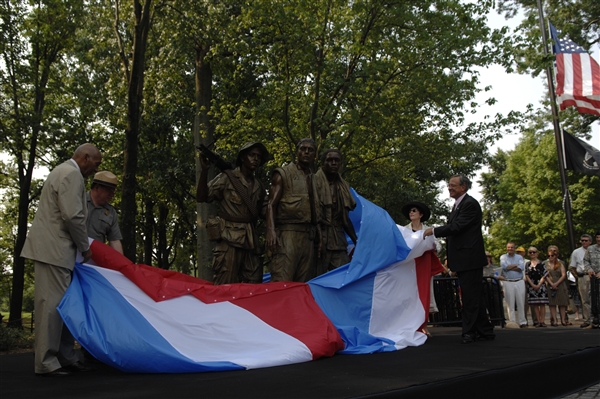We remain on track to complete the transition process by the end of 2014, Foreign Secretary William Hague told Parliament today.
Mr Hague’s comments were made in his monthly Afghanistan progress report for March, in which he highlighted the Afghan National Security Forces (ANSF) increasing growth and capability.
He also reported that year-to-date violence levels across Afghanistan remain lower than in 2011, and every month since May 2011 has seen fewer enemy-initiated attacks than the corresponding month in the previous year. This, he said, is the longest sustained downward trend recorded by ISAF.
Afghan National Security Forces increasing capability
In the report, Mr Hague said:
“The ANSF continued to demonstrate their increasing capability and we remain on track to complete the transition process by the end of 2014, as agreed at the NATO Lisbon Summit in 2010. Nationally the ANSF now lead 40 per cent of conventional operations and carry out 85 per cent of their training.
“In March the ANSF and ISAF completed and approved their joint Operational Plan: Operation NAWEED (‘Good News’) 1391. This is the plan to synchronise ANSF and ISAF efforts over the course of the Afghan Year 1391 and involves all elements of the Afghan security forces.
“NAWEED 1391 is the first time that the ANSF have taken the leading role in campaign planning. The plan includes a detailed concept of operations for each geographic region, including local integration of Army, Police, National Directorate of Security and ISAF activities.
“NAWEED 1391 represents a further evolution in transition and the ANSF’s capability to manage the campaign in an increasingly independent manner.”
Mr Hague added that in Helmand province, Operation NOW ROZ (‘New Year’) was planned and led by the Afghan National Army (ANA). He said:
“Over 1,000 members of the ANSF were joined by British forces to clear insurgents from a key heartland within the Helmand river valley. Afghan forces cleared more than 200 compounds, made safe 44 IEDs [improvised explosive devices], found seven bomb-making factories and discovered over 145 kilograms of homemade explosives.
“This is the fourth major ANA operation in four months and the largest and most complex so far. The success of the operation is further proof of the ANSF’s increasing professionalism and capability.”
In the progress report Mr Hague also said that the Lashkar Gah police training centre graduated its 5,000th student and that 95 per cent of police skills lessons at the centre are now delivered by Afghan instructors, compared with only five per cent six months ago, the results of ISAF efforts to ‘train the trainer’.
He also said that an initiative to improve IED awareness among Helmand schoolchildren has been established, adding:
“Developed with the Ministry of Education, British forces have trained members of the Afghan Uniformed Police to conduct the education programme. Designed to be self sustaining some 6,000 schoolchildren (boys and girls) have already been taught the dangers of playing with IEDs and the correct action to follow if one is found.
“In coming weeks the programme will expand into more rural regions to extend further the reach of this lifesaving education.”
Violence Levels
Mr Hague said that we have started to see an anticipated increase in violence levels with the onset of spring and the return of warmer weather.
He added that this trend is consistent with previous years and we expect to see a gradual increase in violent incidents until the usual peak in the summer months, albeit with a slight reduction for Ramadan, which this year falls in July. Mr Hague continued:
“Although insurgent activity increased in March, year-to-date violence levels across Afghanistan remain lower than in 2011. Every month since May 2011 has seen fewer enemy initiated attacks than the corresponding month in the previous year. This is the longest sustained downward trend recorded by ISAF.
“As we look towards the start of this year’s fighting season there are distinct signs from several key parts of the country that the insurgency is under some pressure. Reporting has indicated that they are currently experiencing shortages of weapons, equipment and money.
“This has followed a concerted campaign by the Afghans and international forces to maintain a high operational tempo over the winter. Violence figures over the coming months will confirm whether these reported shortages will have any lasting effect on their ability to conduct their campaign.”

 von
von 

